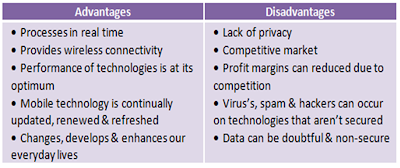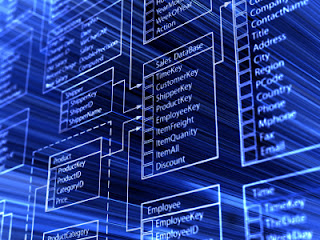1. Explain the triple constraint and its importance in project management.
A triple constraint refers to an intelligent trade off between the aspects of time, scope and cost of a project. It works in a way that as one of these three aspects changes or is alter e.g. time then the other two are also alter so as the balance is held between the three. The issue arises within business when one of these three constraints is alter but the other two are not and therefore there is a lack of balance or cohesion between the constraints.
The success of a project and in turn a business relies on whether these 'trade offs' in a successful project, which is on time and in budget, still meets the requirements of the business and fulfills the customers needs.
2. Describe the two primary diagrams most frequently used in project planning.
Pert and Gantt charts are the two primary diagrams that are used most frequently in the project management field.
A Pert chart is a graphical network model which pictorially presents the project being completed in relation to other projects and demonstrates the relationship between them
A Gantt Chart is a simple bar chart which compares the progress of the project in comparison to a calendar, similarly like a time plan of how the project is going time wise.
3. Identify the three primary areas a project manager must focus on managing to ensure success.
Managing people: being able to resolve conflict and overlook personal issues to continue with the task/ project that is being completed.
Managing communication: All information that is conveyed need to be useful and relevant to completing a successful project.
Managing Change: Time, cost, Quality and scope are the focus, as one is altered or changed the others will be impacted, the management should be able to control this and react to these changes in a way that best maintains the success of a project.
4. Outline 2 reasons why projects fail and two reasons why projects succeed.
 Two reasons why projects succeed would be that they have successful project management and there is a clearly outlines purpose and structured decision making team.
Two reasons why projects succeed would be that they have successful project management and there is a clearly outlines purpose and structured decision making team.Commonly two reasons why they are unsuccessful or fail is due to a lack of cohesion between decision makers and a formation of unrealistic goals or ideals which are not overlooked but on the contrary are focused on.






















